Why do bathroom tiles crack? Having a cracked tile in the bathroom can be very annoying. First of all, it’s going to make the rest of the tiles look bad. It will automatically change the original look of the bathroom. Whenever you step on the tile to bath, you will feel the tiles’ cracked lines under your feet.
I decided to write this article because of what my friend told me over the phone a few years ago. It happened years ago while I was still in school. She called and told me that the bathroom tiles she had just installed had cracked. Initially, she thought it was her kids that did the damage, only for her to realize that it wasn’t her kids. Because the tile was fine in the morning when she took her bath, she was the last person to take her bath before going to the church.
When she called me, I told her that several things could make bathroom tiles crack. Not just bathroom tiles, several things can make any tiles cracked, and that’s what we will discuss in this article. We will also discuss how to prevent tiles from cracking and the best ways to fix cracked bathroom tiles.
Table of Contents
Why Do Tiles Crack?
The question is, why do bathroom tiles crack? There are eight reasons why bathroom tiles crack. They are:
- If the subfloor is not adequately prepared before installing the tiles
- If the mortar was not spread evenly across the subfloor before installing the tiles
- If the expansion joints of the tiles are not large enough
- If there is a foundation issue before the tiles were installed
- If the tiles are installed over a concrete subfloor
- If the tiles received a Heavy Blow
- If the tiles were installed on a joist that was not evenly spaced
- If you install cheap inferior tiles on your bathroom floor
If the Subfloor is not Properly Prepared Before Installing the Tiles
If you install your bathroom tiles without adequately preparing the subfloor will make your tiles crack. This was one of the problems I encountered in one of the apartments I rented when I was still in school. This time, it was my parlor and not my bathroom. Sometimes, anytime I pass through one particular tile, it will make a crack noise as if there is nothing under the floor to hold the tiles. Therefore, anytime I walk on the tile, it will make a noise.
This is what can happen to you if you did not correctly arrange the subfloor of your bathroom before installing the tiles. It might not make a noise like my own did but will crack when too much traffic enters the bathroom. I was lucky enough the tiles did not crack until I moved out of the compound.
Avoiding this type of aftereffects is why I always urge people to call a professional to install their tiles. Calling a professional will help minimize the rate at which the cracks occur because he already knows how to do the job. It was later that I figured out that it was my friend that fixed her tiles by herself. I told her that the fact that you’ve worked where they sell tiles before marriage doesn’t mean you can do the job very well because there are many things to consider.
However, if you insist on installing the tiles by yourself, you must have to follow the protocol. Before installing the tiles, ensure the subfloor is flat and stable. You have to make sure it’s clean. Do not leave any mistake behind because such a mistake will come back to hunt you. Make sure that every unwanted particle is vacuumed out of the floor before proceeding with the installation.
If the Mortar was not Spread Evenly Across the Subfloor Before Installing the Tiles
If you install your bathroom tiles without first spreading the mortar across the subfloor surface, it will also come back to hunt you. It will make your bathroom tiles crack. To avoid this, you need to make sure the mortar is spread all over the subfloor on an equal basis. After that, allow the mortar to harden before the installations.
However, when my friend called a professional that redo the work she thought she did well, she was told that she did not spread the mortar evenly before installing the tiles. She was also told that she might not have allowed the mortar to harden enough before installing the tiles.
Learn from my friend and never repeat the same kind of mistake she made. If you know you have never installed a tile before, do not do it yourself, except you will follow the protocol to avoid the story that touches. She later spent the money she wanted to save on the man that re-installed the tiles for her.
If the Expansion Joints of the Tiles are not Large Enough
Do you see those lines of spaces left in-between tiles during installation that are later grouted? They are called expansion joints. Those spaces are not left for beautification purposes. There is a crucial function those spaces perform to the tiles of which if the spaces are not enough, it will fail to perform those duties, and the aftermath of it is cracked on the tiles.
Do not underestimate the function of those spaces. They are there to absorb pressure from shifting tiles of which, if they are not large enough, will not absorb the pressure, leaving the tiles with no other option than to crack as they won’t have enough room to expand and contrast.
Come to think of it, this could be the reason why my parlor tiles back then in school did not crack. When I first moved into the apartment, I noticed that the tiles’ expansion joints are large enough, giving the tile leverage to expand and contrast, thereby preventing it from cracking anytime I step on it. At a time, I took notice of the tile and stopped stepping on it.
If There is Foundation Issue Before the Tiles were Installed
There are two things foundation problems can do to your bathroom tiles. They are:
- It can make it crack.
- It can make it pop at the grout lines.
Neither of these is good at all. It is something you should never allow to happen. Even if the tile pop at the grout line without cracking, there is a high chance that it might crack after you step on it. Moreover, there is a probability that you might not see the tile that popped; stepping on it might trigger it to crack or even break; that is why you should always be on the right track from the basics.
If the Tiles are Installed Over a Concrete Subfloor
It has been said several times that concrete subfloor can trigger tiles to crack on its surface because the concrete itself can crack at any given time. However, it is essential to note that not all cracks on the concrete subfloor can pose a risk to the tiles. It is those cracks that are wider than 1/8 inch. One way to avoid this is to ensure you add a crack isolation membrane during installation.
If the Tiles Received a Heavy Blow
Tiles are breakable. It is something that should be handled with care. That even after installing them, we should be mindful of how we treat them. You are not supposed to allow something heavy to heat your tiles, else, it will make the bathroom tiles crack. However, if it doesn’t crack, it will break it. Since our focus is on the bathroom, ensure that something heavy did not heat your bathroom tiles. Maybe a gallon filled with water or a bucket filled with water.
If the Tiles were Installed on Joist that was not Evenly Spaced
This is one of the reasons why bathroom tiles cracks. Installing your tiles on the floor whose joist was not spaced evenly is likely to lead to cracks on the tiles’ surface. This is also one reason you should call a professional to do the job for you. Please make sure the joist’s space is not large as spacing it too far apart is likely to leave the plywood to flex.
If you Install Cheap Inferior Tiles on your Bathroom Floor
Sometimes, cheap things can backfire. It’s better to buy expensive quality tiles that getting cheap inferior tiles. The reason is that cheap tiles are likely to crack at any given time. Small something may trigger it to crack. Ensure you get suitable quality tiles for your bathroom if you don’t want to see cracked tiles here and there.
How to Prevent Bathroom Tiles From Cracking
Below are the 10 best ways to prevent bathroom tiles from cracking.
- Call a professional to install the tiles for you.
- Ensure the subfloor is flat and stable.
- Ensure the subfloor is clean.
- Ensure the mortar is spread evenly on the subfloor.
- Before installing the tiles, allow the mortar to harden enough.
- Ensure that the tiles’ expansion joints are large enough to allow the tiles to expand and contrast.
- Ensure you are installing a tile in a faulty foundation.
- Ensure to add a crack isolation membrane during installation if your subfloor is concrete.
- Ensure that something heavy did not hit your bathroom tiles.
- If your bathroom has a joist under the subfloor, ensure the joist is adequately installed.
How to Fix Cracked Bathroom Tiles
Fixing cracked bathroom tiles is not as hard as you think. All you have to do is to follow the steps explained below. In the steps below, we have different ways by which you can fix hairline cracks on your bathroom tiles and large bathroom tiles.
How to Fix Hairline Cracks on Bathroom Tiles
It is better to fix the hairline cracks on bathroom tiles than to replace them. Below are how to do them.
- The first thing you have to do is ensure that the bathroom tiles crack are cleaned with soap and water. Make sure that there is not dirt and grime on the cracked tiles.
- The next thing you need to do after cleaning the tiles is to rinse them with clean water. Dry it with a clean cloth and let it dry very well before proceeding to the next level.
- Now, get a small paintbrush and use it to apply an oil-based primer on the crack. Ensure that the primer is only applied to the cracked lines. Do not let it touch other tiles.
- The next thing to do is to allow the primer to dry. This might take a few hours. Be patient and allow it to dry properly.
- Now apply a coat of high gloss oil-based paint with the same exact color as the cracked tiles. For example, if your bathroom tiles are grey, get a high gloss oil-based paint that is grey and apply it on the crack lines and allow the paint to dry.
- The next thing to do is to apply epoxy paint to the cracked tiles. Make sure the paint is mixed correctly, and use a narrow paintbrush to apply it to the crack. Ensure that the paint does not touch other surfaces. If you can get a painter’s masking tape, use it to cover the areas the paint should not touch, or you can use a toothpick to apply the paint.
- After applying the epoxy paint, allow the paint to dry very well before using the bathroom. Ensure the paint is well dry before you start using the bathroom to avoid washing off the paint.
How to Fix Large Bathroom Tiles
- If the tiles’ crack is too large, you may want to follow the steps explained above to apply matching paint to the tile to hide the cracks, or
- Replace the individual tiles with the exact tile.
Conclusion
Tiles cracks because of one reason or the other. Just make sure to take note of the reasons explained in this article and if peradventure your bathroom tiles crack, you can always contact a licensed tiler to fix the tile for you or better still follow the procedure explained above.

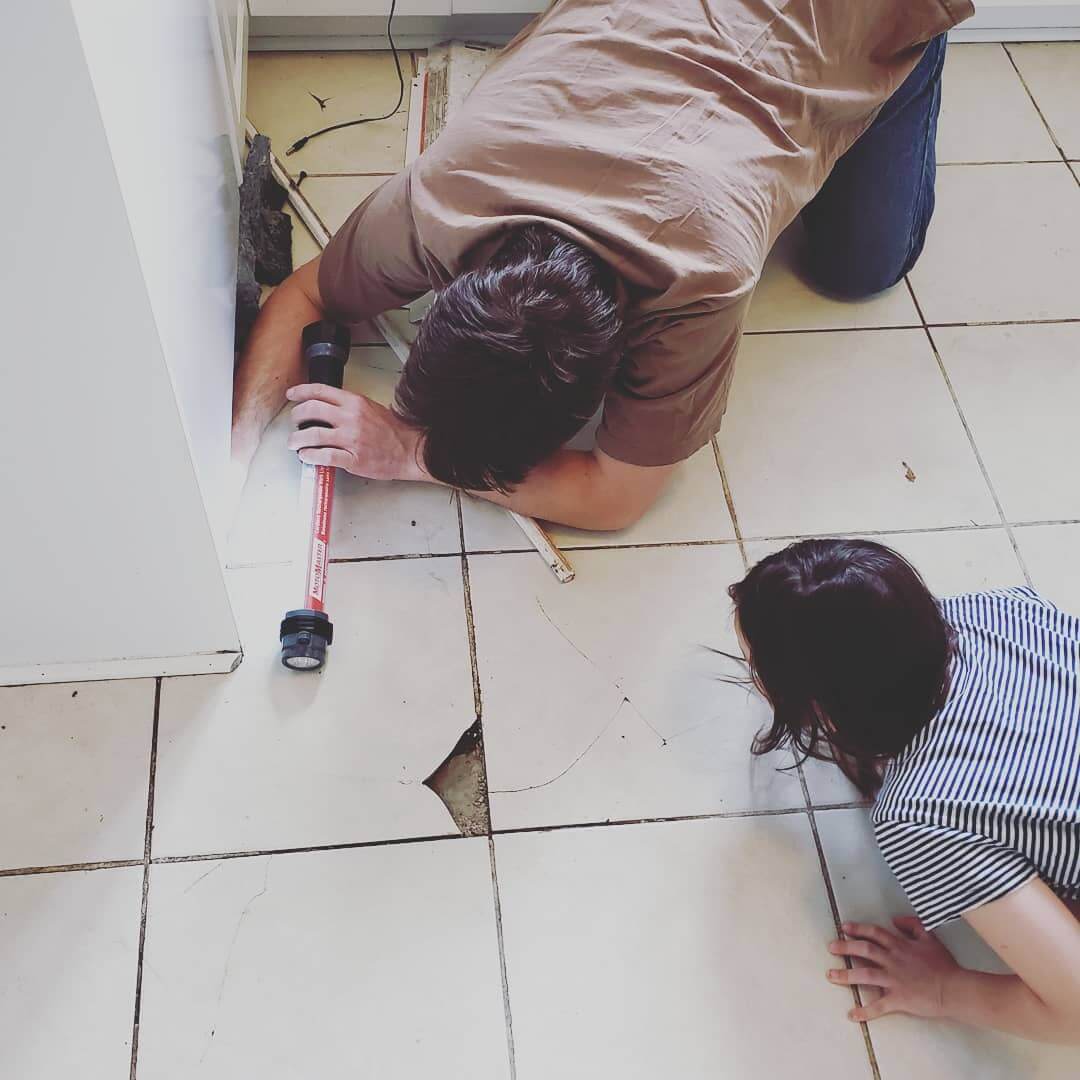
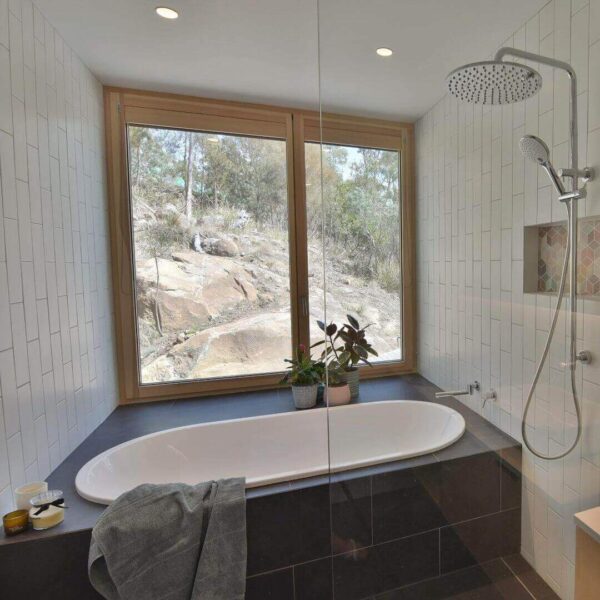


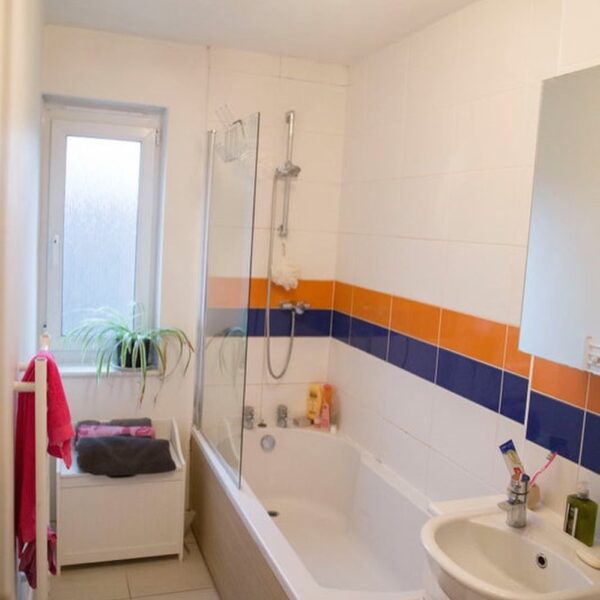
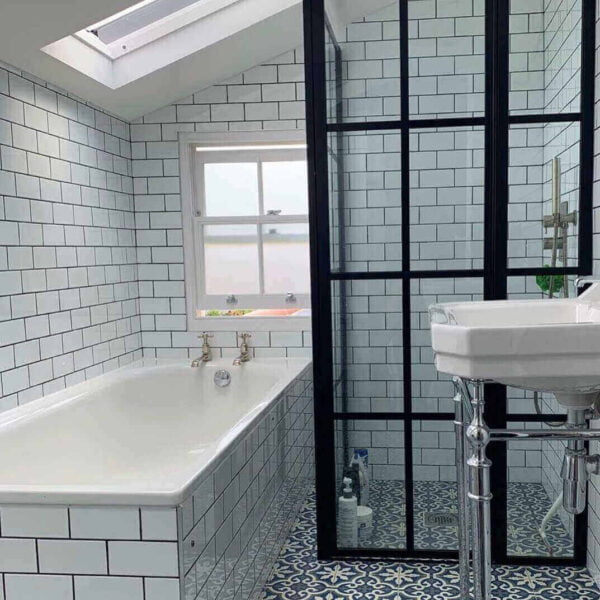
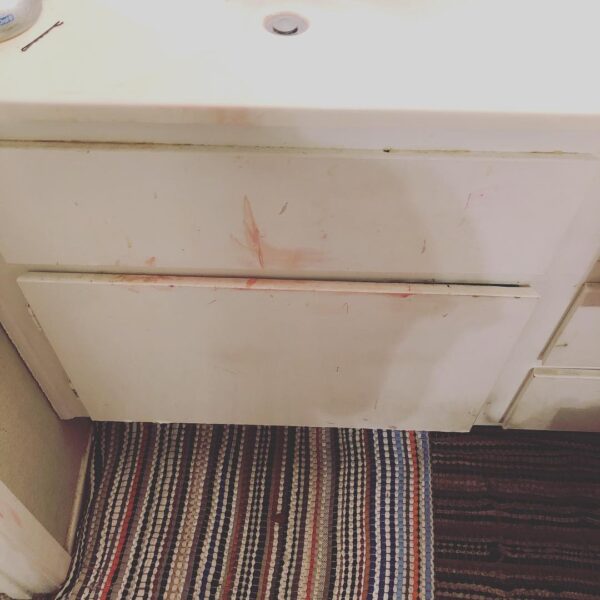


Leave a Comment